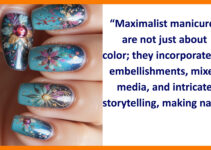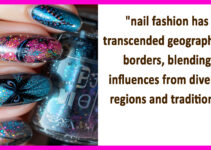Introduction
Nail art, a form of self-expression and beauty enhancement, has evolved significantly over the years. From simple monochromatic polishes to intricate designs that incorporate digital technology, nail art continues to be a dynamic and creative aspect of fashion. A particularly fascinating trend in modern nail art is the incorporation of cultural heritage. This fusion of traditional symbols, patterns, and techniques with contemporary aesthetics not only preserves history but also allows individuals to celebrate their cultural identities in a visually captivating manner.
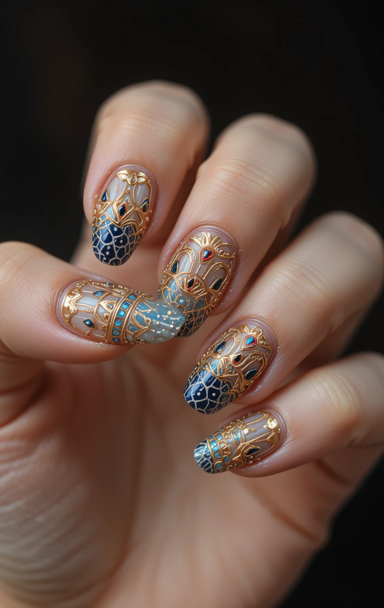
The History of Nail Art
Nail decoration is not a new phenomenon. It dates back thousands of years, with evidence of early nail coloring found in ancient civilizations. The Chinese, Egyptians, Babylonians, and Greeks all practiced nail adornment in various forms. For instance:
- In ancient China, the use of nail color was a status symbol, with the ruling classes wearing elaborate gold and silver designs.
- Egyptian queens such as Cleopatra and Nefertiti dyed their nails with henna to signify their royal status.
- The Babylonians used kohl to stain their nails before going into battle.
These historical influences continue to shape modern nail art, particularly in the form of culturally significant patterns and colors.
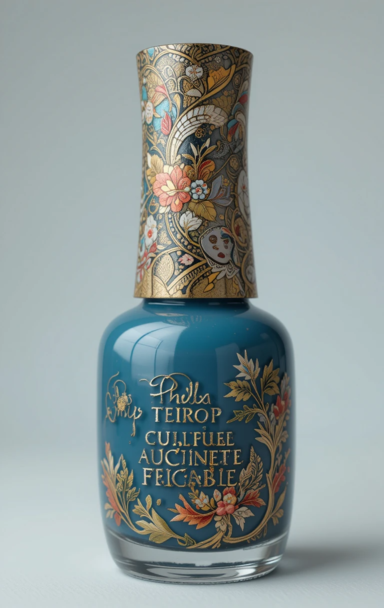
Cultural Symbolism in Nail Art
Modern nail artists are increasingly drawing inspiration from cultural heritage to create designs that reflect their origins. Some prominent examples include:
1. Henna and Mehndi-Inspired Nail Art
Henna has been used in South Asian, Middle Eastern, and North African cultures for centuries as a form of body art, especially during weddings and festivals. Today, mehndi-inspired nail art incorporates intricate floral and paisley motifs, often painted in deep brown or gold tones to mimic the traditional henna look.
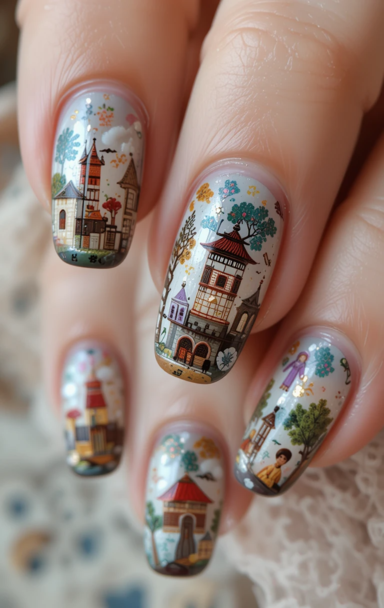
2. Japanese and Chinese Art Influences
Asian cultures have also left their mark on nail design. In Japan, traditional ukiyo-e paintings, cherry blossoms, and koi fish frequently appear in nail art. Similarly, Chinese porcelain patterns, calligraphy, and dragon motifs are commonly adapted into intricate nail designs that celebrate the region’s artistic heritage.
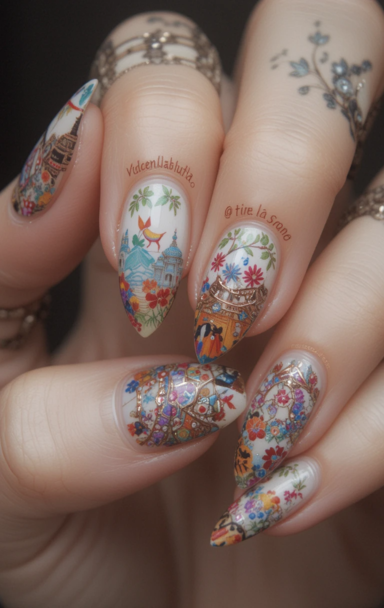
3. African Tribal and Textile Patterns
African culture, known for its vibrant patterns and bold colors, is another rich source of inspiration for nail art. Designs inspired by Kente cloth from Ghana, Maasai beadwork from Kenya, and Zulu patterns from South Africa bring elements of tradition into modern beauty trends.
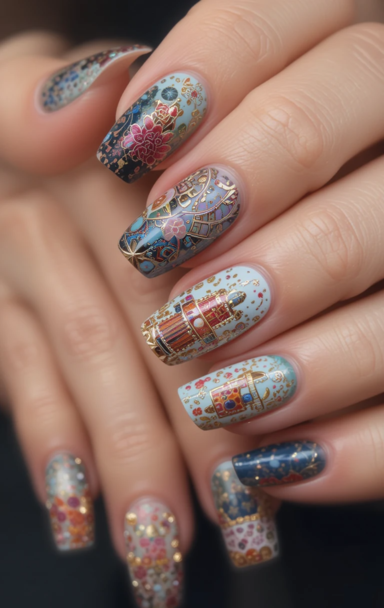
4. Native American and Indigenous Designs
Indigenous communities worldwide have distinctive art styles, from geometric beadwork to symbolic animal totems. Nail artists incorporate these themes using earthy tones, turquoise stones, and feather motifs, paying homage to the cultural significance of these designs.
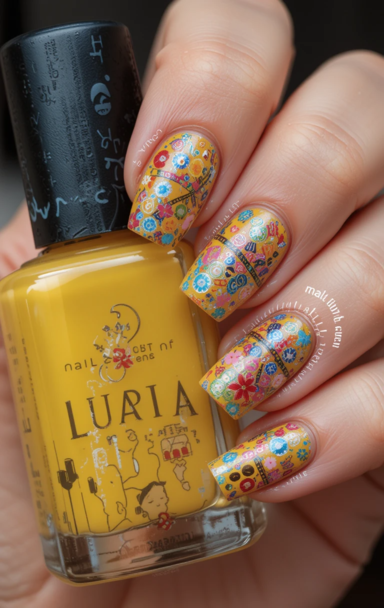
5. European and Celtic Influence
Europe’s medieval and Celtic art also find a place in modern nail art. Intricate knots, stained glass patterns, and baroque-style ornamentation make for elegant and historical nail designs that reflect the region’s artistic legacy.
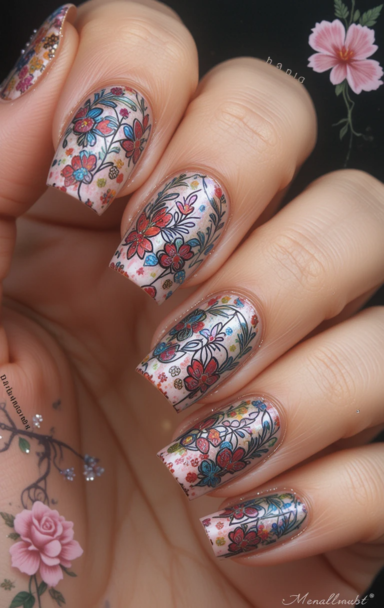
Techniques for Incorporating Cultural Heritage in Nail Art
Modern technology and traditional craftsmanship combine to create breathtaking cultural designs. Various techniques have been developed to merge historical aesthetics with contemporary fashion.
1. Hand-Painted Art
Hand-painting remains one of the most skillful methods for integrating cultural elements into nail art. Artists meticulously recreate patterns such as tribal motifs, calligraphy, and classical paintings using fine brushes.
2. Decals and Stamping
Nail stamping is an innovative technique that allows artists to imprint traditional symbols onto nails effortlessly. It is a quick way to achieve detailed designs that would otherwise require hours of freehand painting.
3. 3D Embellishments
Nail artists use tiny beads, rhinestones, gold foils, and charms to recreate jewelry-inspired designs. This technique is particularly popular for South Asian and Middle Eastern styles, where adornments play a significant cultural role.
4. Gel and Acrylic Sculpting
Modern nail extensions allow for more elaborate artistic expressions, enabling artists to shape nails into symbols reflective of cultural identity, such as lotus flowers, ancient coins, or miniature tribal masks.
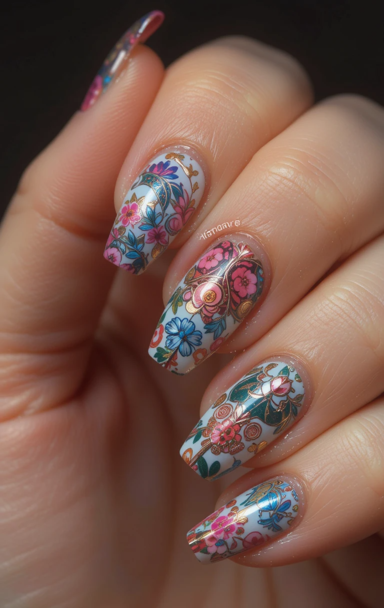
The Significance of Cultural Representation in Beauty Trends
Cultural representation in beauty trends, including nail art, fosters inclusivity and appreciation for diverse traditions. It helps:
- Preserve Cultural Identity: Many young people reconnect with their heritage through fashion and beauty, using nail art as a means to celebrate their ancestry.
- Encourage Cross-Cultural Exchange: When artists and designers blend elements from various cultures, they promote mutual appreciation and awareness of global artistry.
- Empower Minority Communities: Recognizing cultural heritage in mainstream fashion helps marginalized groups gain visibility and pride in their traditions.
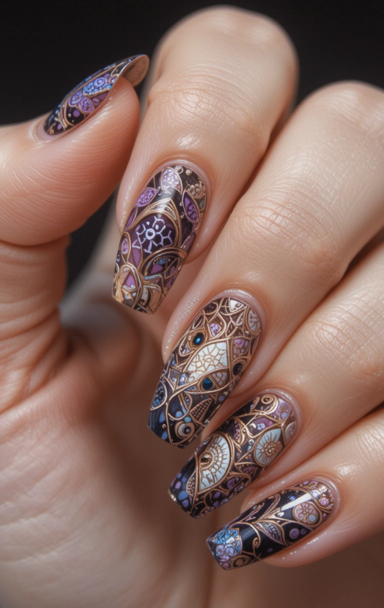
Ethical Considerations in Cultural Nail Art
While cultural appreciation is valuable, it is crucial to avoid cultural appropriation. Ethical considerations include:
- Understanding Symbolism: Artists should educate themselves on the meanings behind traditional symbols to ensure respectful representation.
- Giving Credit: Acknowledging the origin of a design fosters cultural respect and prevents the erasure of indigenous creativity.
- Collaborating with Communities: Engaging artists from different cultures can lead to more authentic and meaningful interpretations of cultural designs.
The Future of Cultural Nail Art
As technology advances, the future of nail art continues to be promising. Digital printing, holographic techniques, and biodegradable embellishments will likely redefine how cultural elements are incorporated into nail fashion. Additionally, the rise of sustainable beauty products ensures that cultural nail art can evolve without harming the environment.
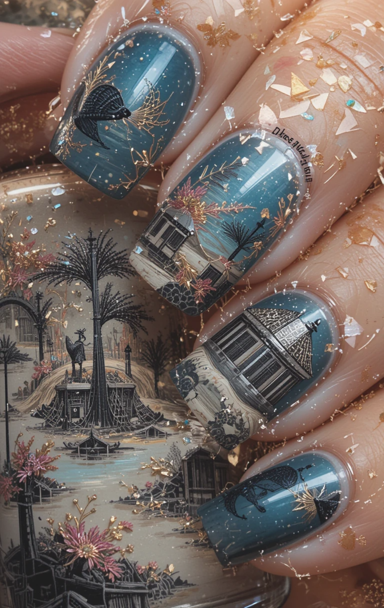
Conclusion
Cultural heritage in modern nail art is more than just a trend—it is a celebration of history, identity, and artistic expression. By incorporating traditional symbols, patterns, and techniques, nail artists create meaningful and stunning designs that honor diverse cultures. As long as artists remain respectful and knowledgeable about the cultures they draw inspiration from, the fusion of heritage and contemporary beauty will continue to thrive, offering a bridge between the past and the present through the canvas of nail art.


